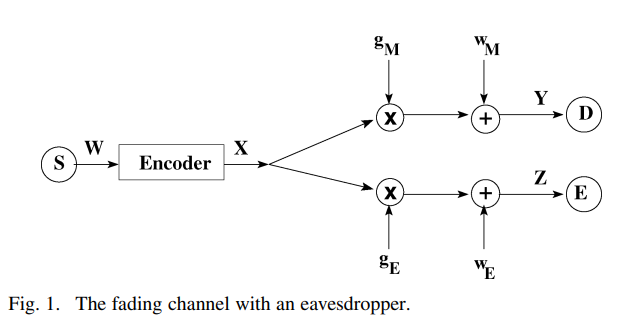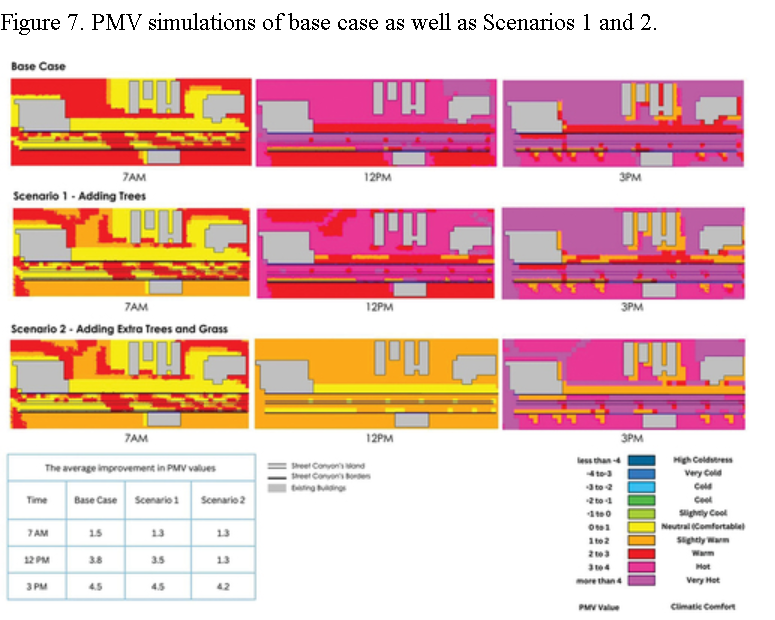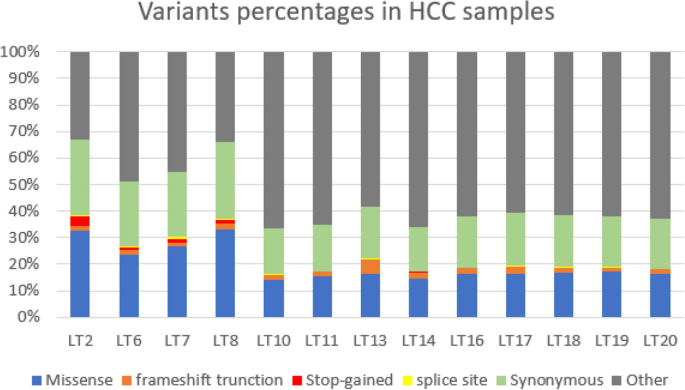

On the secrecy capacity of fading channels
We consider the secure transmission of information over an ergodic fading channel in the presence of an eavesdropper. Our eavesdropper can be viewed as the wireless counterpart of Wyner's wiretapper. The secrecy capacity of such a system is characterized under the assumption of asymptotically long coherence intervals. We first consider the full channel state information (CSI) case, where the transmitter has access to the channel gains of the legitimate receiver and the eavesdropper. The secrecy capacity under this full CSI assumption serves as an upper bound for the secrecy capacity when only the CSI of the legitimate receiver is known at the transmitter, which is characterized next. In each scenario, the perfect secrecy capacity is obtained along with the optimal power and rate allocation strategies. We then propose a low-complexity on/off power allocation strategy that achieves near-optimal performance with only the main channel CSI. More specifically, this scheme is shown to be asymptotically optimal as the average signal-to-noise ratio (SNR) goes to infinity, and interestingly, is shown to attain the secrecy capacity under the full CSI assumption. Overall, channel fading has a positive impact on the secrecy capacity and rate adaptation, based on the main channel CSI, is critical in facilitating secure communications over slow fading channels. © 2008 IEEE.



